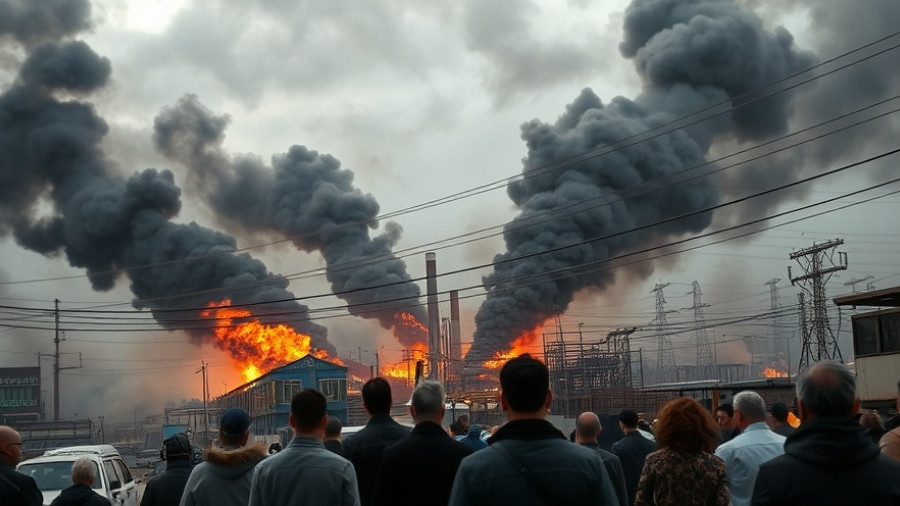
Unmasking the Heist: Intriguing Details from the Oakland Museum Robbery
Recently released surveillance footage has shed light on the audacious heist that rocked the Oakland Museum last month, where thieves made off with approximately 1,000 valuable items. The video, prominently showing two masked individuals traversing an indoor hallway, highlights an unsettling reality—the vulnerability of cultural institutions to brazen criminal acts.
A Closer Look at the Evidence
The intriguing footage captures the distinctive features of the burglars: one is shorter and heavier, while the other is taller and leaner. Additionally, a potential third accomplice can be seen partially exposing his face outside, intensifying speculation regarding the gang's precise number and motivations. This revelation not only draws attention to the specific incident but also raises questions about museum security measures.
The Impact of Violent Crime on Community Sentiment
Concerns over such violent crimes extend beyond the immediate loss of art; they ignite a broader dialogue within communities about safety and security. Oakland’s neighborhoods, continually grappling with crime, are no strangers to existential worries about theft and vandalism affecting local heritage. The museum, a hub of education and culture, is designed to unite the community, making its violation particularly poignant.
Guarding the Future: A Call for Increased Security
As the investigation of the Oakland Museum heist continues, there’s a growing movement voiced by community leaders and art advocates alike, demanding enhanced security protocols in cultural institutions across the Bay Area. The urgency for more local regulation concerning safety measures has become a focal point, not only in Oakland’s precincts but throughout the San Francisco region, instilling a renewed focus on protecting invaluable works from potential threats.
What Lies Ahead?
In light of this incident, stakeholders must reflect on how to bolster the safety of these establishments to prevent similar chaos in the future. This heist, while shocking, reiterates a fundamental truth—our cultural institutions require robust protection to ensure their integrity and permanence. As we move forward, the lessons learned from this theft could impose a much-needed strategic reform across the museum and cultural sector.
 Add Row
Add Row  Add
Add 




Write A Comment